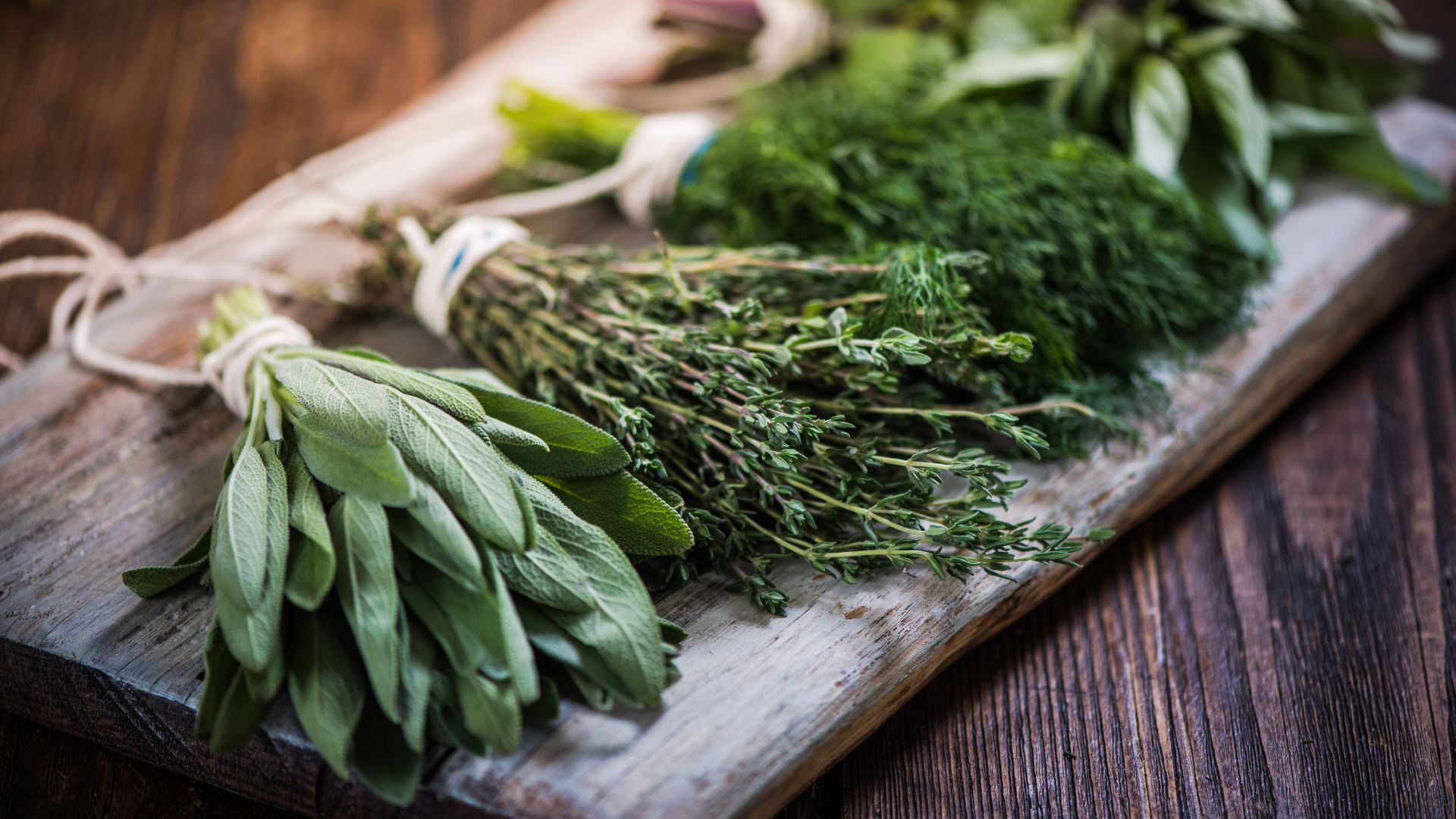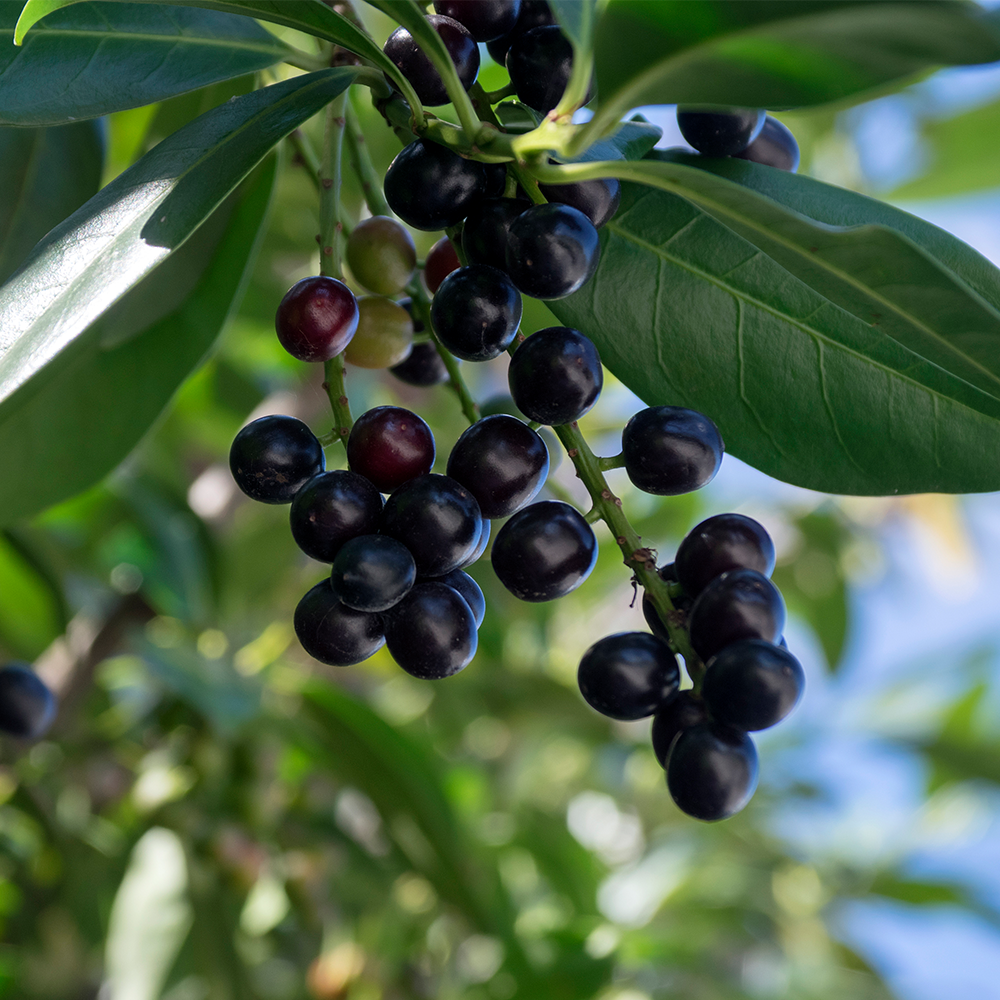In one study, Uncaria tomentosa, also known as Cat’s Claw, and Otoba parvifloia both eliminated spirochete and round forms of Borrelia burgdorferi. In clinical practice, herbs are usually blended as herbs work synergistically, often with smaller concentrations of each herb combined being more effective than a single remedy itself. This study reflected this notion, as both herbs had significant activity against all forms of Borrelia, especially when they were mixed.4
In another study, a specific brand of stevia whole leaf extract (extracted with alcohol) did show activity against growing and nongrowing forms of B. burgdorferi in vitro, whereas doxycycline and cefoperazone only showed activity against growing phases of B. burgdorferi.5 Purified stevioside and a powder form of stevia had no effect. The same specific stevia showed activity against persister forms, which was reflected by the inhibition of all viable cells in 7-day subcultures and with an increase in only 10% of viable cells in 14-day subcultures. This particular stevia also had an effect on biofilm, reducing growth by 40% in comparison to control, whereas doxycycline, cefoperazone, and daptomycin actually induced growth of biofilm.
A more recent study published in 2020 by Feng et al, looked at 12 commonly used botanical herbs and three natural agents in its effects on the growth of B. burgdorferi in culture.6 They found that Cryptolepis sanguinolenta, Juglans nigra (Black walnut), Polygonum cuspidatum (Japanese knotweed), Artemisa annua (Sweet wormwood), Uncaria tomentosa (Cat’s claw), Cistus incanus I, and Scutellaria biancalenis at 1% had good activity against the stationary phase, or nongrowing phase, of Borrelia in culture. Only two herbs, Cryptolepis sanguinolenta and Polygonum cuspidatum showed activity against the growing and nongrowing phases of Borrelia burgdorferi. Of particular interest was the finding that Cryptolepis sanguinolenta caused complete eradication of Borrelia, including spirochetes, whereas doxycycline and cefuroxime did not.




